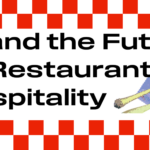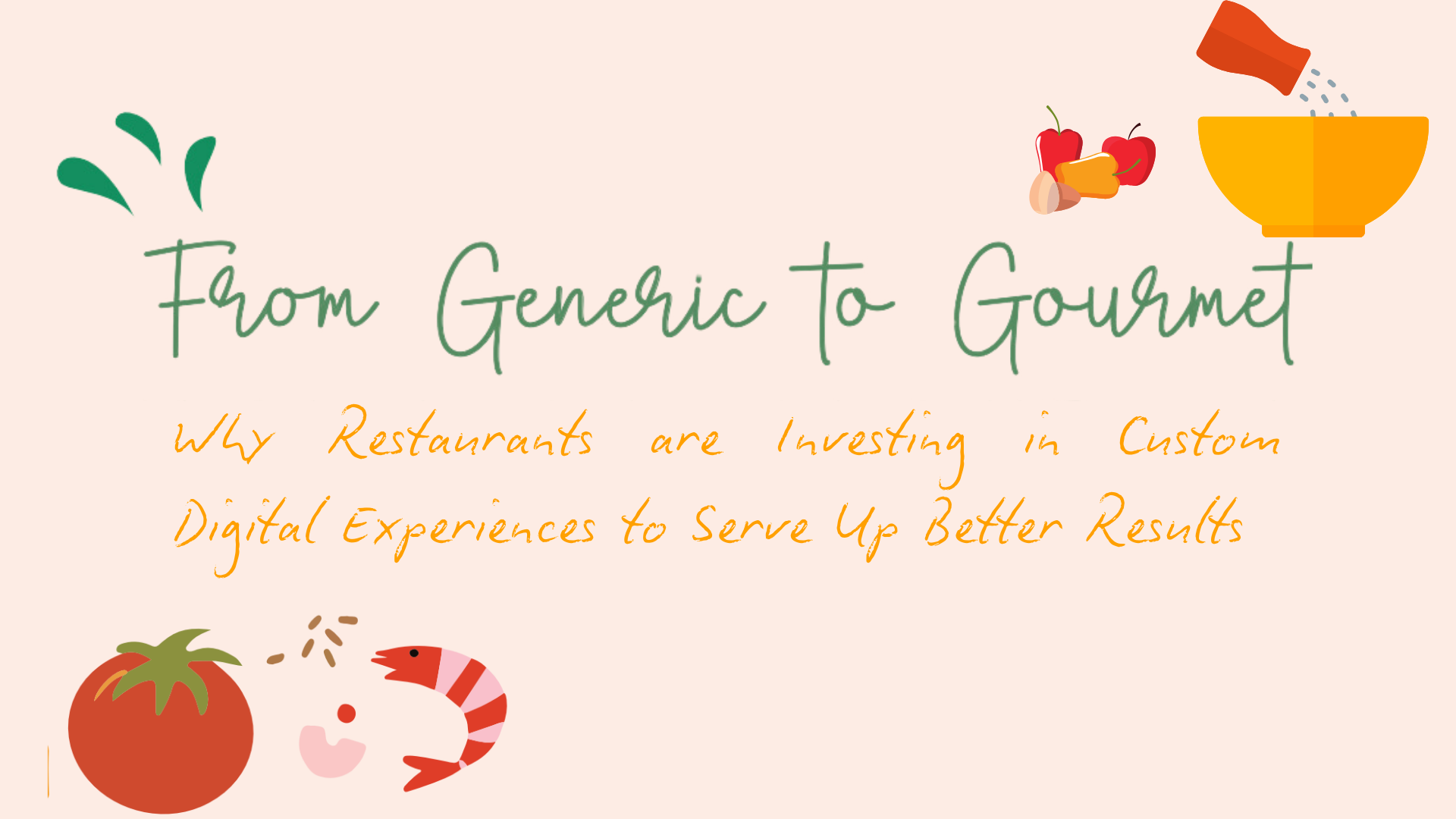Published by
In today’s restaurant industry, digital presence isn’t just about having an app anymore – it’s about crafting experiences that make customers come back for seconds. Mobile apps have evolved beyond simple convenience into essential tools for restaurants to engage customers, optimize operations, and foster loyalty.
Today, 92% of leading restaurants now provide mobile ordering and rewards programs, with apps accounting for approximately 9-10% of their total orders. Additionally, customers who use restaurant apps demonstrate significantly higher value – their customer lifetime value (CLV) exceeds that of web users by 45%. These app users also place orders more frequently and show stronger retention compared to those who primarily order in-store.
In today’s competitive restaurant landscape, where diners increasingly expect personalized and frictionless digital experiences, the quality of a restaurant’s mobile app can be a decisive factor in its market success. While many restaurants are still settling for off-the-shelf solutions, industry leaders are discovering the secret sauce of custom digital experiences.
When Generic Solutions Fall Short
White-label solutions are able to provide a quick and cost- effective way for restaurants to establish a digital presence, with pre-built, widely tested apps that minimize bugs. However, white-label apps have limitations in flexibility, they may not adapt quickly to new platform updates or features, and they come with some pretty significant limitations, such as:
- Brand expression becomes notably restricted when working within standardized templates. While these solutions offer basic customization, they rarely capture the nuanced elements that make a restaurant’s identity truly distinctive. It’s analogous to having an exceptional culinary vision but being limited to a predetermined menu format.
- The technology architecture presents its own challenges. Restaurants find themselves dependent on provider update cycles, which can delay crucial feature implementations and platform optimizations. This dependency often impacts a restaurant’s ability to rapidly adapt to changing market demands or customer preferences.
- Data accessibility and integration capabilities represent another significant consideration. The POS system, inventory management, and loyalty program are all speaking different languages, with the white-label app struggling to play translator. And while all these platforms collect valuable customer insights, restaurants frequently encounter limitations in how they can analyze and leverage this data in a unified way, impacting both service quality and business intelligence.
- Perhaps most critically, scalability becomes a pressing concern as restaurants grow. The rigid framework of white-label solutions often struggles to accommodate expanding operations, specialized loyalty programs, or innovative service models – precisely the kind of flexibility growing restaurants need to maintain their competitive edge.
The Power of Going Custom
Many brands reach a point where white-label doesn’t satisfy all of their business and customer needs and decide to go custom. Custom apps offer the advantage of full top-to-bottom customization, aligning the app with the brand’s unique identity or dynamic customer engagement strategies. With greater control over feature updates and bug fixes, restaurants can quickly adapt to trends and customer feedback, enhancing uptime and satisfaction. This approach often leads to a higher ROI over time by driving customer loyalty and engagement through personalized experiences and seamless integrations. Take Bloomin’ Brands, for example. When they decided
to revolutionize their digital presence, they didn’t just want an out-of-the-box app or website – they wanted a transformation. The results? A staggering 51% growth in their mobile app user base and a 4.7-star average app ranking. But perhaps most impressive was the 50% boost in web conversion rates and a 3.7% increase in average order value.

Investing in custom digital experiences isn’t just about having a prettier website or a fancier app. It’s about creating a digital ecosystem that:
- Drives sustainable growth through deeper customer
connections - Unlocks new revenue streams through targeted
promotions and seamless ordering - Provides valuable insights into customer behavior and
preferences - Gives you complete control over the customer journey
Consider Fiesta Restaurant Group’s journey. They faced a unique challenge, uniting two distinct brands (Taco Cabana and Pollo Tropical) while maintaining their individual personalities. The solution? A custom unified platform that respected each brand’s identity while streamlining operations. The outcome was remarkable: loyalty sign-ups surged by 53%, and off-premises sales jumped by 10.1%.
Potbelly’s story is equally compelling. They focused on optimizing their digital ordering experience across all platforms while reimagining their loyalty program and the results speak volumes: a 20% increase in loyalty penetration, 30% year-over-year growth in digital revenue, and a 25% expansion in their mobile app user base.
When brands invest in custom experiences, customers respond.
“In today’s restaurant industry, it’s not just about
having a digital presence – it’s about creating
experiences that keep customers coming back for more.”
Why Custom Experiences Win Hearts (and Wallets)
- Personalization Drives Loyalty – When customers feel like you understand their preferences and behaviors, they stick around. A significant 75% of American consumers are more likely to remain loyal to brands that understand them on a personal level. Custom platforms allow brands to create these tailored
experiences at scale. - Consistency Reinforces Brand Affinity – A brand’s digital presence should be as unique as its signature dishes. Custom solutions can help better express the brand’s personality, matching the in-restaurant
experience, and ensuring a cohesive brand experience that resonates wherever customers engage - Great Experiences Keep Diners Coming Back – When customers feel valued and understood, they are more likely to return for another positive experience. Loyalty programs are known to increase both spend and visit frequency by 18 to 30 percent and whether that increase is closer to the higher or lower end of this range depends largely on how effectively the program is integrated and executed across the digital ecosystem
- Better Data Makes for Better Decisions – Custom platforms give brands complete control over their customer data, allowing them to make informed decisions about menu offerings, promotions, and customer experience improvements.
- Optimized Journeys Convert More Customers – Custom-built experiences can be designed, tested, and refined to enhance user flows, integrate offers and promotions, and ultimately drive higher conversion rates along with improved customer satisfaction.
The Industry Leaders’ Secret Sauce
While white-label products are a great option for many growing brands looking for a quick and easy solution, the real winners are those investing in custom experiences that truly represent their brand and serve their customers’ needs.
In the end, the digital presence should be as carefully crafted as the menu. Because in today’s restaurant industry, it’s not just about having a digital presence – it’s about creating experiences that keeps customers coming back for more.
If your brand is ready to make the leap from white-label to custom, please don’t hesitate to reach out to us at Bottle Rocket to learn more.
Share:
Categories
tags
Related Posts

AI and the Future of Restaurant Hospitality

The Value of Agency Project Managers


